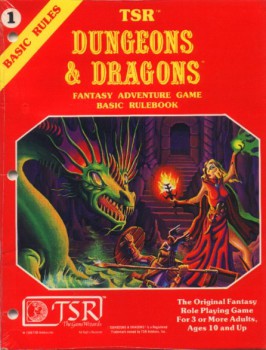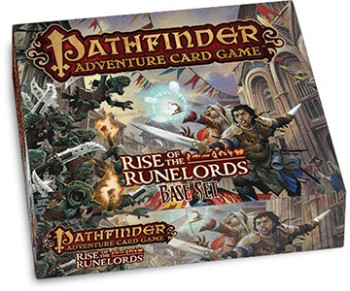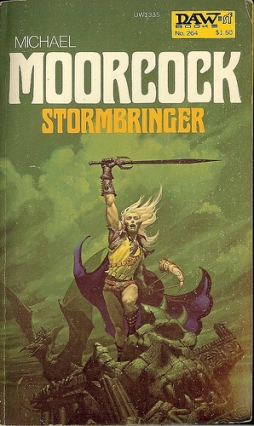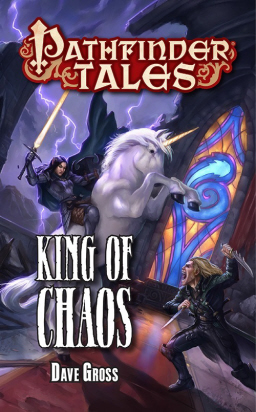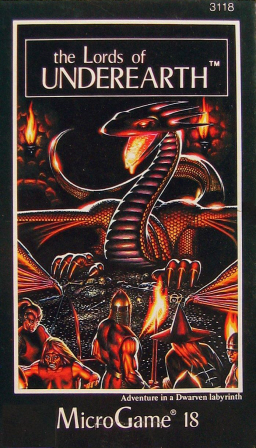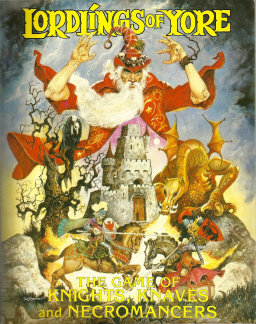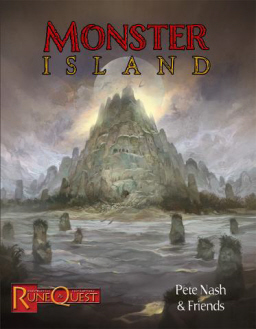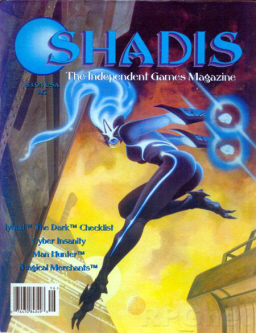Jack Williamson, Lin Carter and Appendix N: Advanced Readings in D&D
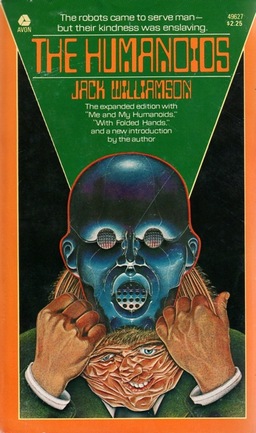 Mordicai Knode and Tim Callahan are making me look bad.
Mordicai Knode and Tim Callahan are making me look bad.
I know, what else is new. But seriously, these two have taken on the project of a lifetime — reading every author in Gary Gygax’s famous Appendix N (all 29) and reporting back in great detail every week at Tor.com.
I took on the project of a lazy Saturday afternoon: read their posts whenever I got around to it and report back here every two weeks or so. Sounded easy at the time. But Knode and Callahan still somehow managed to get way ahead of me. They’re relentless — since I last checked, they’ve covered Jack Williamson, Lin Carter, and John Bellairs, and meanwhile I’m still trying to figure out where the hell I left my copy of The Face in the Frost.
Okay, time to play a little catch-up. Let’s start with post 14 in the ongoing series, in which they tackle Jack Williamson’s classic SF novel, The Humanoids:
Mordicai: I’m just unclear on how it relates to Dungeons and Dragons. I mean, you could have a whole campaign about golems or Inevitables or Modrons and co-opt the plot from this book, but I think that is a stretch. Maybe the lesson you could learn from this book is that making hugely flawed characters is more interesting than making banal superhuman heroes who laugh in the face of danger and never give into the temptation to pry the ruby eyes out of the idol of Fraz-Urb’luu?
Tim: Yeah, I don’t see the Dungeons and Dragons link at all, and I am pretty darn sure Gary Gygax didn’t have any Modrons in mind when he generated his list of fave books. The Modrons are wonderful and all — who doesn’t like Rubik the Amazing Cube mashed up with Mr. Spock — but they aren’t central to early D&D. Or any D&D. Ever.
But, to be fair, Appendix N doesn’t specifically name The Humanoids as an influence, but mentions Jack Williamson in general. Probably his pulpier early stuff was what Gygax had had in mind. In retrospect, we should have read the Legion of Musketeers in Space with Falstaff and Friends book. But something called The Humanoids sounds like D&D from a distance. If you squint. And don’t read the back of the book.
Yeah, The Humanoids has nothing to do with D&D. Could have told you that. Guys, guys. You should have read our Jack Williamson feature last month. This is why we do this stuff.
